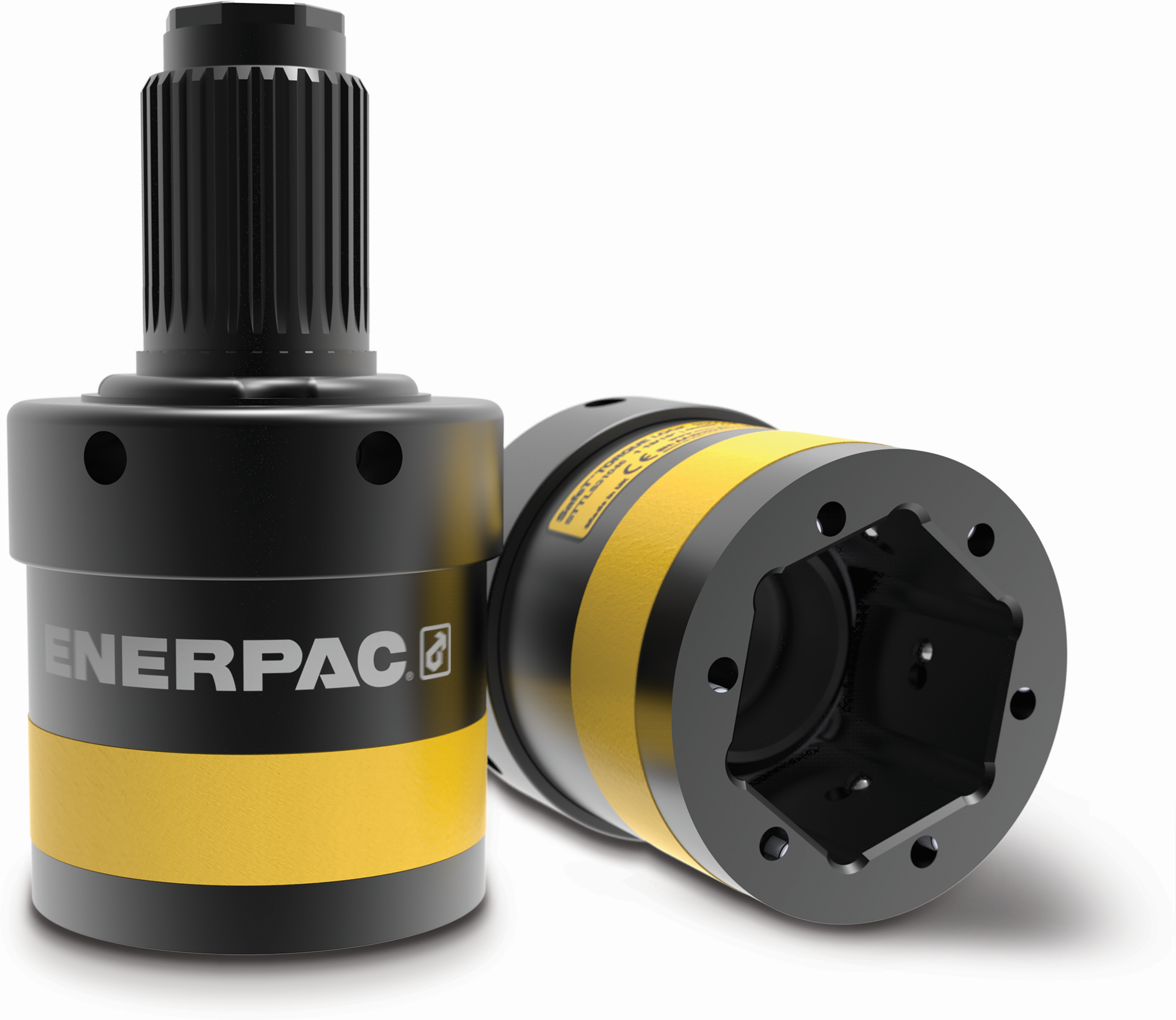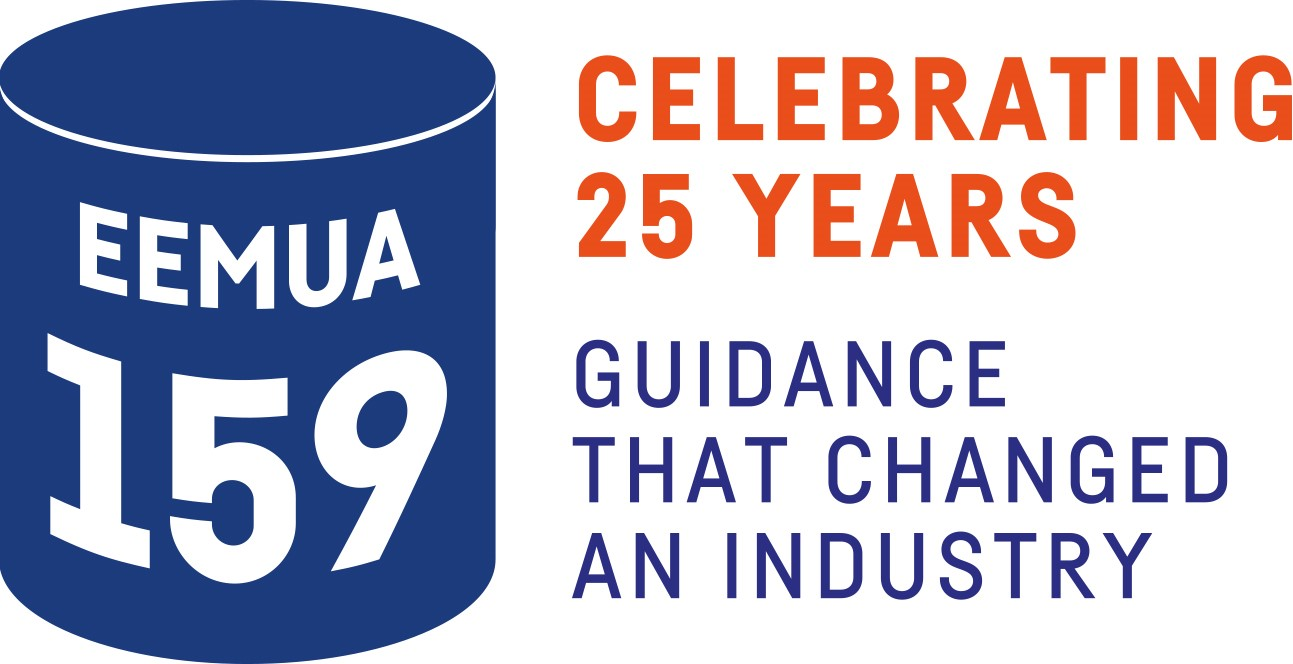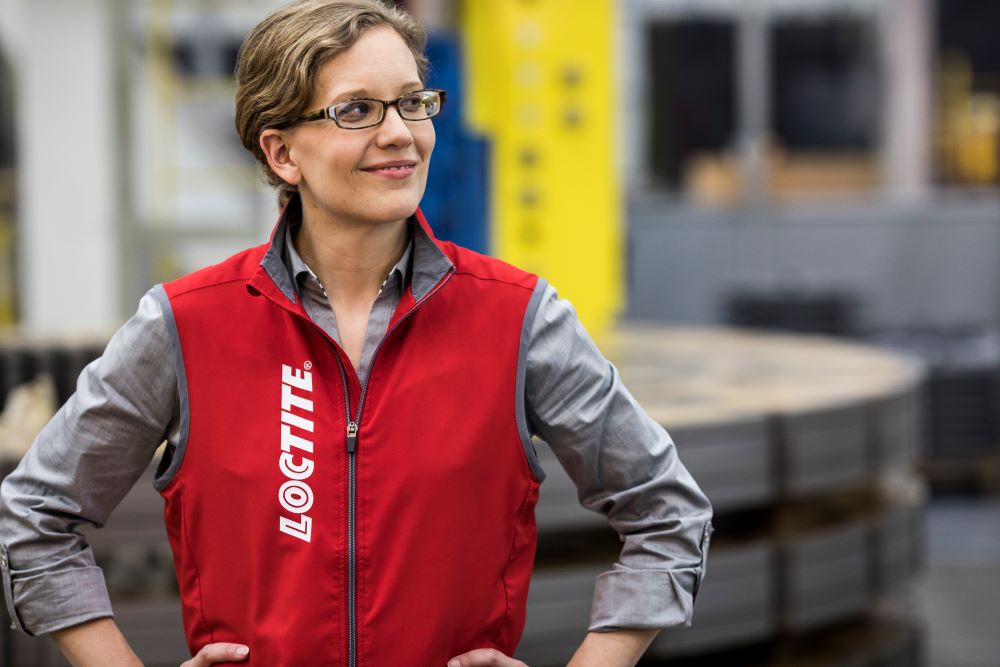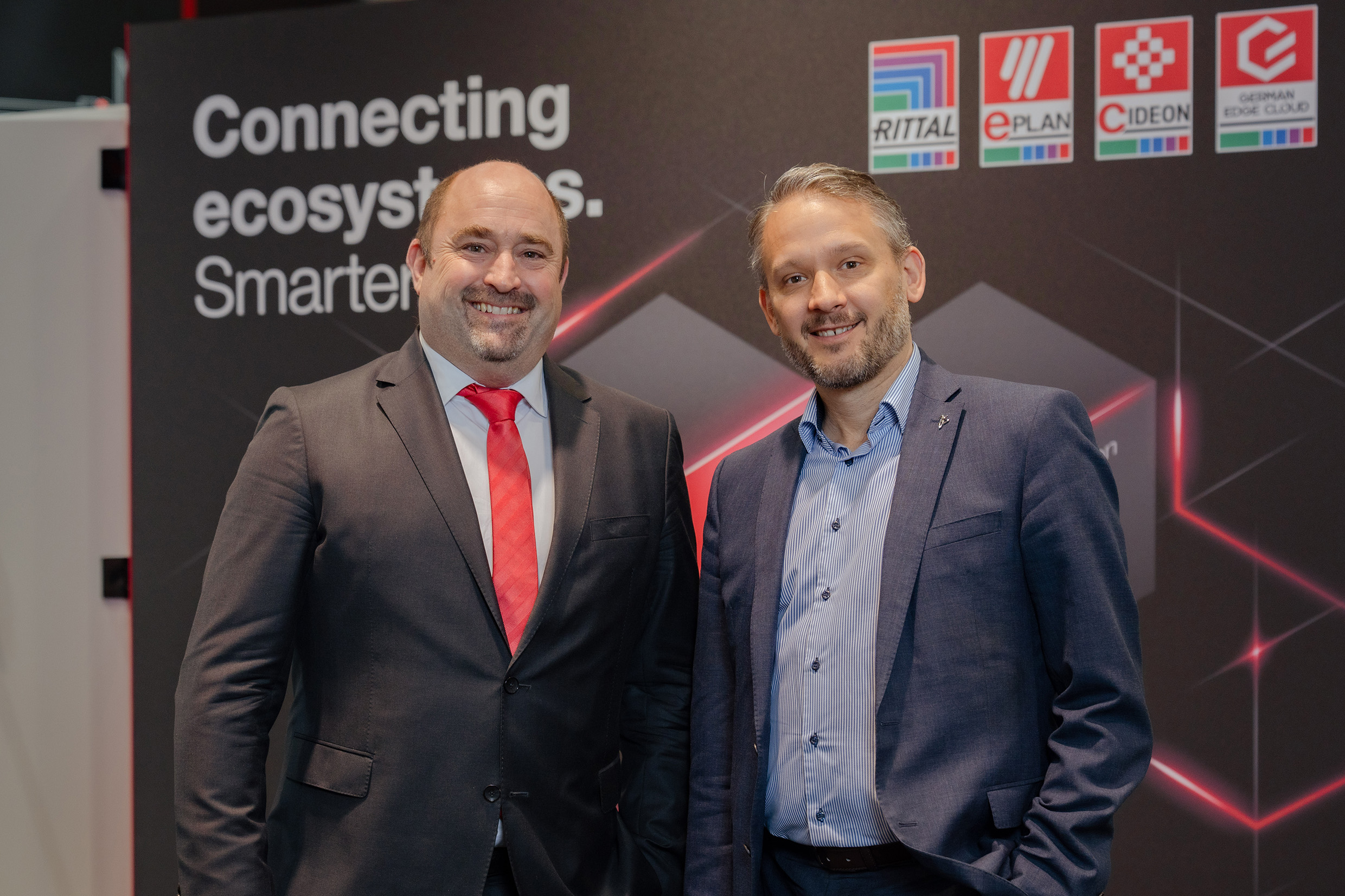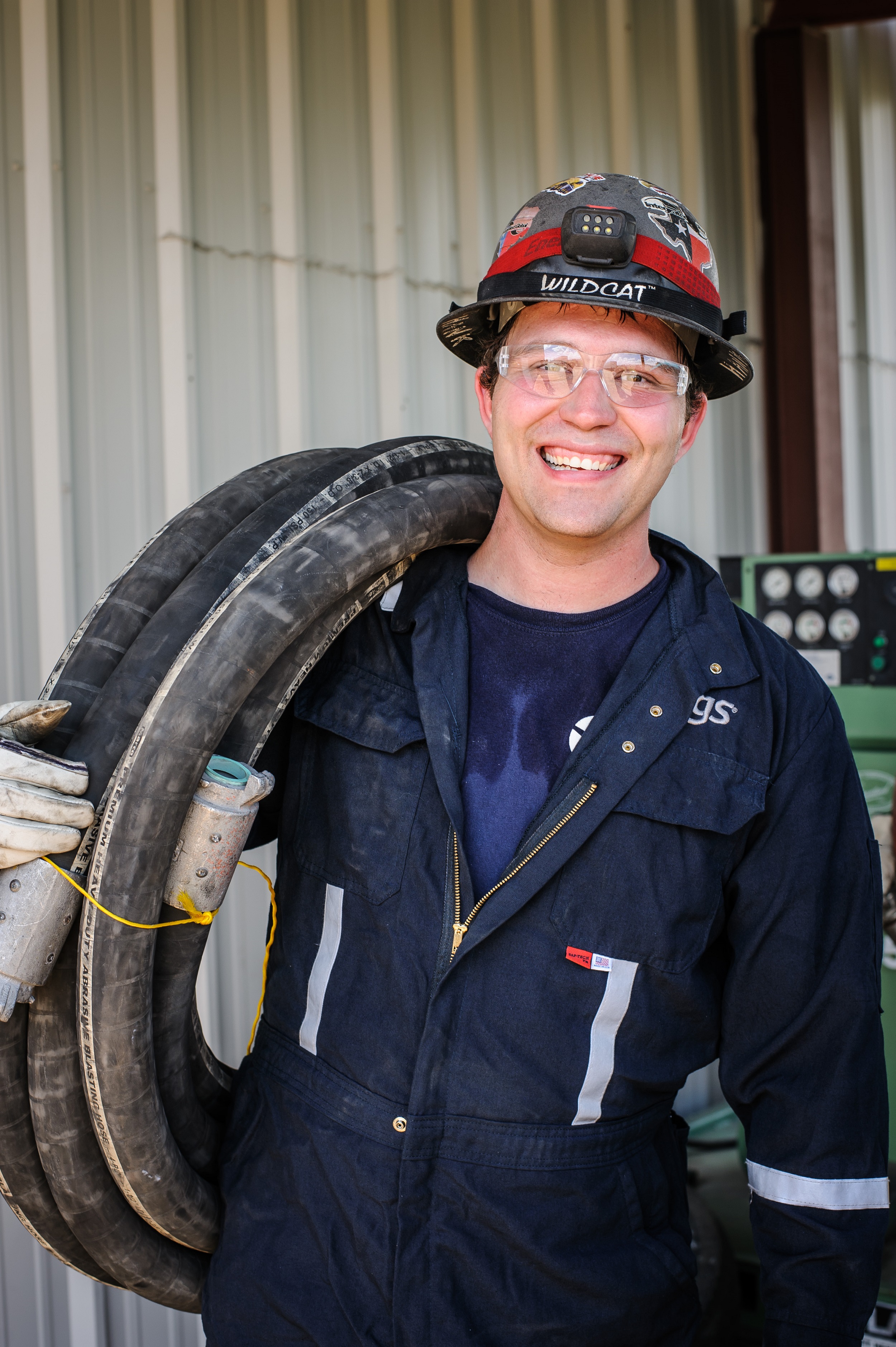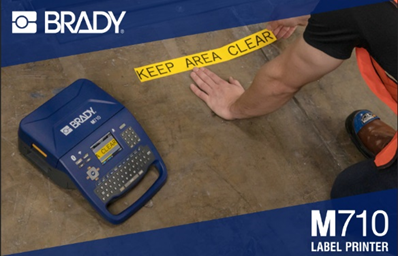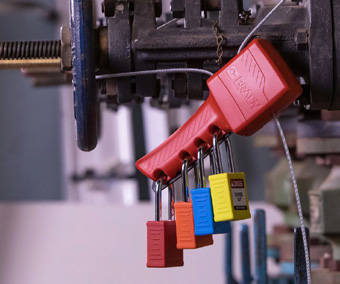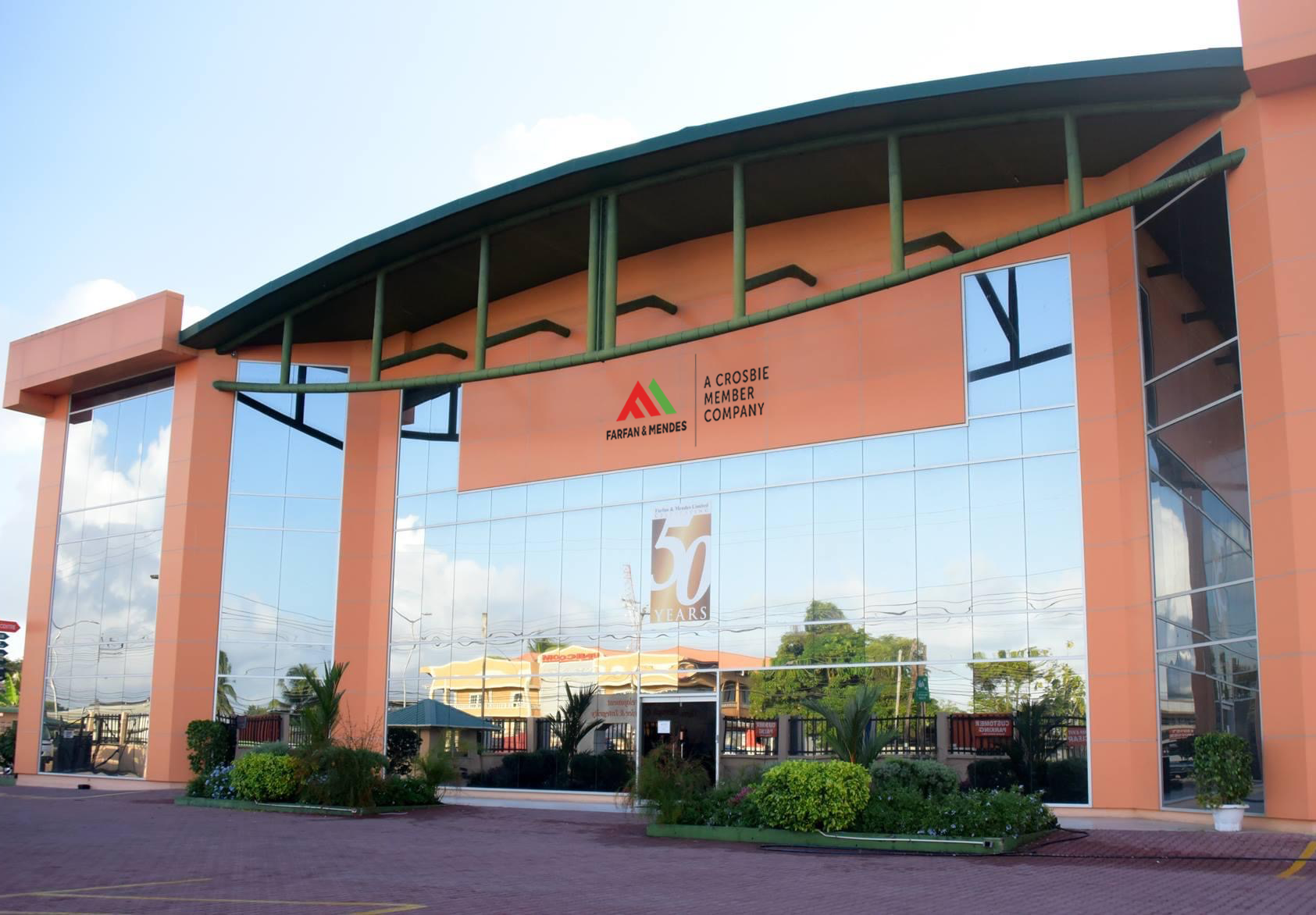Q: How will the platform integrate with the current/ future Fluke range of products and services?
A: Fluke Reliability’s mission is to help simplify our customers’ workflow and connect it in a way that will enable them to do their job better in terms of improving efficiency, productivity and profitability. This platform integration will be a major contributor to that mission, which is why we are so excited about the acquisition and integration of Azima DLI.
What it does is combine our existing world-class software and service offerings with cutting edge, AI-powered analytics that will enable our customers to do predictive rather than preventive or reactive maintenance. Moreover, these new remote condition monitoring capabilities will allow them to manage many more assets across a much wider range of physical location than they ever could before, which will help narrow the current skills gap that has become a major issue across industry. This approach of introducing AI analytics into the equation is a major step-change that is taking hold across industry and will enable Fluke Reliability to continue its central role in meeting our customers’ needs as well as serving the entire industrial sector in an even deeper and better way.
In terms of actual implementation, it’s a case of collecting data with Fluke Reliability instruments. Once collected it is channelled through common software that provides detailed analysis. The results of that data analysis will generate a work order for corrective action (if necessary) based on its predictions. The product or device can then be recalibrated to maintain or even improve the workflow, again using Fluke Reliability technology.
It’s all connected. The easy and seamless transferability of good, accurate data is the key to achieving the real-time visibility and workflow analysis that maintenance management teams crave.
Q: Will the existing platform be rebranded?
A: The Azima brand has had a very strong presence in the market for more than 25 years. Its technology and expert services are highly respected. Our goal is to maintain Fluke Reliability as the umbrella brand and Azima be the brand for AI-powered analytics software as well as remote services. This tracks with what we have done with other brands that we have acquired, and it has worked well for us. They retain the trust and appeal they have with their long-term customers and we mutually benefit from the respective strengths we all bring to Fluke Reliability.
Our aim is to ensure we have a solution for our customers, irrespective of what part of the journey to automation they are on. They can come to us at any stage and we will have the answer on how to get them to the next stage – or work with them all the way to their ultimate automated testing goals whenever they’re ready.
Q: What are the benefits of AI in maintenance process?
A: The implementation of AI enables our customers to massively expand their proactive asset monitoring capabilities across a wide range of assets in each plant or facility. As I’ve already alluded to, Azima’s AI-based system helps address the chronic skills shortage that currently exists with its ability to process up to 93% of machine tests with no human intervention.
What the implementation of AI also does is greatly expand the granularity of condition analysis. When you have a system like Azima’s that has already codified more than 500 human years of vibration analysis test data and human expertise, you arrive at solutions very quickly indeed. The upshot is the almost instant system visibility it provides, which in turn gives customers an actionable – and highly accurate and reliable - diagnostic repair and workflow improvement plan, right down to the individual component.
It is those detailed, highly intuitive algorithms that now enable us to predict with a great degree of accuracy when something could happen and take steps to remedy it, or say, “Based on our analysis, there’s no need for concern for at least another six months, so the currently scheduled maintenance for next month is actually unnecessary.”
And, again, customers can now look after a lot more assets, with far fewer resources, in a way that would have been unimaginable only a few years ago.
Q: What are the dangers of autonomous plant operations and how will Fluke mitigate these if there are any?
A: We provide expert-led services. The experience and expertise that they have, now combined with a huge amount of real-word, real-time data certainly drive to a bare minimum any concerns of a malfunction. We’re proud of the fact we have, and will always retain, an unparalleled level of expertise and highly informed insights that are readily available to our customers. We appreciate that the advent of AI may make some people slightly wary, but our aim is to alleviate those concerns by developing a high level of trust in just how many ways can benefit them, and in fact actually significantly reduce the likelihood of critical asset downtime due to unplanned stoppage.
Q: What are the major benefits of AI in process?
A: Many customers are still in a reactive maintenance mode. The transition from reactive to predictive maintenance can be a challenge for some, but there’s no question that everyone now wants to do it. The question is, “how?” They may not have access to the technology that would enable them to scale their existing expertise. Their vibration analysis experts are spending a great deal of their time looking at and analysing data when they could be using new technology to do a lot more focussed work with the data, but do a lot more and lot faster and a lot broader across a workflow operation.
Q: How will the AI systems be upgraded and monitored?
A: The collection of machine types and failure modes is already pretty robust, and the beauty of the algorithms being used is that they are continually improving as more and more customer assets and unique data types are fed into the system, the ability to improve on and grow an already excellent system is virtually limitless. The current 93% automated machine test figure will likely climb much higher soon.
Q: Will Fluke be offering relevant training packages to perspective users?
A: We will absolutely offer training. The skills gap in the marketplace is very apparent. Those who are coming into the industrial marketplace, due to their influences now expect to find an “easy button”. They just don’t know where to find it.
However, our aim has always been and will continue to be to add value to the industry by sharing our expertise with both new generations as well as seasoned professionals who are being exposed to new technologies that require new skills. We do that through formalised training including seminars, boot camps and other methods to share everything from the basic principles of vibration and how customers can learn about them and do their analysis in the most effective way.
We’re also very conscious of instilling confidence in these new technologies. We have established training centres in some regions, but ultimately we want to take it directly to our customers, either in person or via self-learning mode depending on where they are in their journey to automated analysis.



